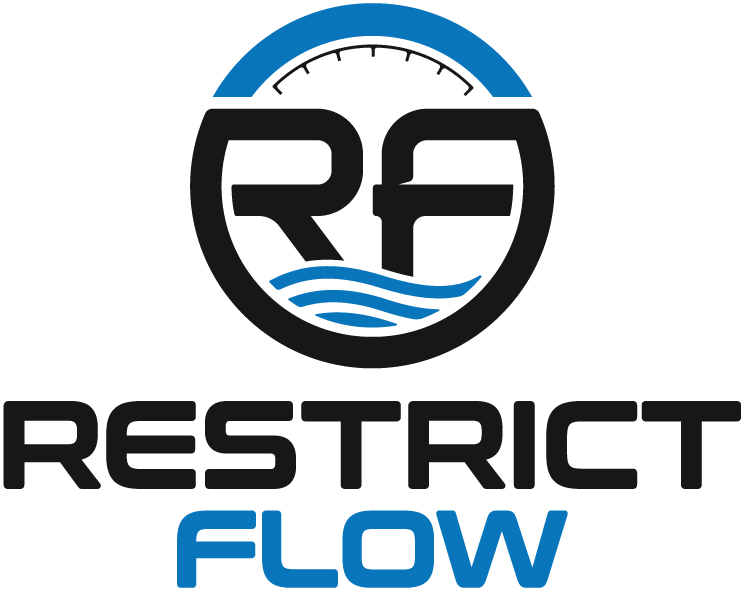Unveiling Richard W. Miller's Impact on Fluid Flow and Cavitation
In the niche world of industrial innovation, one name stands out — Richard W. Miller. Though not a household name, Miller's profound contributions have rippled through the fluid flow discipline, leaving an indelible mark on engineering and technology. Central to his legacy is the seminal 'Flow Measurement Book', a compendium revered by engineers and technologists alike for its insights into the intricate dynamics of flow. In this explorative post, we dissect Miller's legacy and its influence on the critical realm of cavitation, a process that, if left unchecked, wreaks havoc in fluid systems.
Richard W. Miller's Monumental Work
Richard W. Miller is to the cavitation industry what foundational texts are to scholars. His work is not simply a milestone; it is the roadmap that guides generations of engineers. The 'Flow Measurement Engineering Handbook', authored by Miller, is revered as a text that peels back the layers of complexity in fluid systems. We find in its pages not only technical prowess but a profound insight into practical applications.
Miller's work has a tutorial quality, combined with the rigor of academic discourse. It doesn't just dwell on theoretical models; it grounds its wisdom in the realities of industrial applications. Miller, through his work, didn't just understand the physics of flow; he comprehended the operational and financial impact unchecked flow issues could have on businesses.
The Interplay of Cavitation and Flow
Simply put, cavitation is the formation of vapor cavities in a liquid when the static pressure drops below the vapor pressure. In practical terms, this can happen in systems where there are rapid changes in flow, such as those found in pumps, valves, and orifice plates. The creation and subsequent collapse of these cavities or bubbles can induce a high-pressure wave that, when it collapses, can cause intense damage to components.
How, then, does Miller's work aid in averting such a disastrous phenomenon? By meticulously unraveling the intricacies of flow measurement, Miller's framework imparts a deep understanding of flow, reframing it not as a silent passive process, but as a dynamic system that responds to a multitude of factors in its environment.
Key Insights from the 'Flow Measurement Book'
Miller's treatise speaks of the need for precise flow measurement and draws attention to the necessity of flow control. It introduces the notion of using orifice plates not just for flow measurement but for flow control as well — a concept that is pivotal in managing and preventing cavitation. The book offers practical frameworks for selecting the right orifice plates, considering parameters such as fluid properties, pipe size, and desired flow range.
One of the book's central motifs is to create and maintain an environment within a fluid system that is conducive to efficient and controlled flow. This, in turn, is the key to subduing cavitation's destructive tendencies. It empowers engineers with the knowledge to orchestrate a symphony of fluid dynamics, ensuring the risks of cavitation are minimized.
Integrating Miller's Wisdom into Practice
To merely comprehend Miller's work is not enough; it must be translated into action. Engineers must understand the system holistically, plotting not just the flow but the environmental variables that can precipitate cavitation. Assimilating such knowledge is akin to refining a craft; it's a continual process of learning and adaptation.
It's in the integration of Miller's insights that we see practical marvels emerge. There are stories aplenty of systems fortified by Miller's principles, with engineers standing as modern-day architects of fluid dynamics. Theirs is a craft refined by knowledge, experience, and an unapologetic reverence for the work of Miller.
The Lasting Influence of Richard W. Miller
What is Richard W. Miller's contribution but a ballast for the cavitation industry? It's a legacy that extends beyond the confines of dated tomes and into the very sinews of modern engineering. It's an influence that's not found in monuments or memorials, but in the quiet hum of efficiently-running systems, in the unremarkable passage of a fluid unencumbered.
It's an equilibrium upheld through the learnings of an author who, though not actively present, speaks through the systems he's touched. Miller has bequeathed a framework built on empirical evidence and intellectual honesty, an approach that ensures the continued advancement in cavitation reduction and flow management.
In Conclusion
Miller's work isn't just a historical artifact; it's a critical maneuver in the arsenal of modern engineers. It's an invitation to explore, to understand, and to act. In closing, we call on you, reader, to engage with Miller's work. Delve into the 'Flow Measurement Book' and witness the transformation as knowledge begets more profound understandings and practical solutions.
For those standing at the precipice of a cavitation conundrum or navigating the currents of flow management, there's a path lit by Miller's meticulous discourse. It's a pathway that promises illumination, not just in the annals of history, but in the practical, industrial landscapes where challenges beckon and solutions shimmer on the horizon.
Request Information
1 Business day response to most inquiries
Contact Us
We will get back to you as soon as possible.
Please try again later.
PO Box 905
Friendswood, TX 77546
info@restrictflow.com
Tel: (866) 544-7544

All Rights Reserved | Restrict Flow



